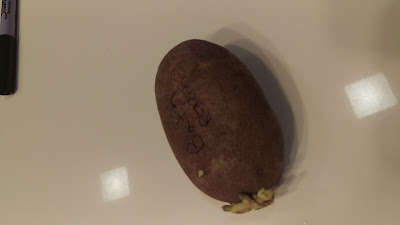If you have a child nearing his/her upper elementary school years (around age 9 or 10), you've probably heard of the HPV vaccine and may even have questions as to whether you should have your child receive the vaccine.
For starters, what is HPV? HPV stands for human papillomavirus which is not a single virus, but a group of 150+ viruses. These viruses can cause genital warts and/or lead to several cancers, including cervical cancer in women.
HPV is a sexually transmitted disease that one can contract with just one sexual partner. The CDC estimates 80 million people in the United States have HPV with an additional 15 million new cases each year. There's a relatively good chance that I have HPV and that you have HPV. You may not even know it as most people never experience any symptoms.
So why is there a vaccine for HPV if it shows no symptoms? The reason is that some people do show symptoms, typically genital warts. However, some 27,000 men and women contract cancer as a direct result of HPV. This is the reason for the necessity of a vaccine to prevent the spread of HPV before kids become sexually active.
The vaccine is most effective if administered to kids in the 9 - 12 year age group. As of 2014, about 60% of girls aged 13-17 have received at least one dose of the HPV vaccine. Three doses are needed for full coverage. Only 40% of boys have received at least one dose of the vaccine. Why the difference? HPV is linked to cervical cancer, which doesn't occur in boys. However, boys can spread HPV and can contract throat, anal, and penile cancer as a direct result of HPV. HPV is usually associated with cervical cancer, but can also cause throat, anal, and penile cancer, all cancers boys can get too.
Why is the vaccination rate of HPV so low compared to other vaccinations? One reason is the HPV vaccine is still relatively new, so some parents have not heard of it and therefore choose not to vaccinate. Another reason commonly cited, unfortunately, is that HPV is a sexually transmitted disease and many (typically religious) people link the HPV vaccine as an open invitation for kids to have pre-marital sex. This is a bunch of ridiculous nonsense. Kids are going to have sex regardless of whether they have the HPV vaccine.
My oldest daughter is now 9 and will soon have her annual wellness appointment. I'm not sure if the doctor will offer the HPV vaccine this year or next, but when he does, our decision is a no brainer. She will receive the HPV vaccine because it will protect her future health.

























